Beautiful. Thank You 🙏! I Find Your Art Brilliant!
Beautiful. Thank you 🙏! I find your art brilliant!

The shapeshifter…
I have a big print of this piece at the end of my bed. I look at it every morning while I try to reload this programme. Somedays when I look at this piece it feels brand new, I scan around and look at each part and think hah! how did that happen? Otherdays I look at it and ache because it’s an image from the past that contains lots of different memories. I also feel like those judgemental eyes mock me, because I know I can do so much better but I have yet to make that leap and do so.
They’re screaming at me what the hell are you waiting for? But all I want to do is to fall asleep and forget any of it ever happened.
I have a funny relationship with this artwork and I guess myself, always at war and in awe.
Have a great weekend everyone!
#art #print #tiger #shapeshifter #digitalart #owl #eagle #peacock #dream
https://www.instagram.com/p/Bto20R9HHd3/?utm_source=ig_tumblr_share&igshid=102t6flanx38j
More Posts from Blog-dzepxich and Others
Harmonic resonances. Thought is Electric, creating an electromagnetic field at a specific frequency. Harmonic resonances strengthens/imparts data to the lower energy state. Have you ever “felt” someone staring at your back?

Parents’ brain activity ‘echoes’ their infant’s brain activity when they play together
When infants are playing with objects, their early attempts to pay attention to things are accompanied by bursts of high-frequency activity in their brain. But what happens when parents play together with them? New research, publishing December 13 in the open-access journal PLOS Biology, by Dr Sam Wass of the University of East London in collaboration with Dr Victoria Leong (Cambridge University and Nanyang Technological University, Singapore) and colleagues, shows for the first time that when adults are engaged in joint play together with their infant, their own brains show similar bursts of high-frequency activity. Intriguingly, these bursts of activity are linked to their baby’s attention patterns and not their own.
The authors simultaneously recorded electroencephalography (EEG) data from 12-month-old infants and their mothers when they were playing separately or together with toys. “Most infants spend the majority of their waking hours in the company of others. But almost everything we know about early learning in the brain comes from studies looking at individual baby brains in isolation,” said Dr Wass, lead author on the study. “By recording activity in a baby’s brain and their mother’s brain at the same time, we were able to see how changes in their brain activity reflected their own or each other’s behavior while they were playing together.”
“We know that, when an adult plays jointly together with a child, this helps the child to sustain attention to things,” he continued. “But until now we haven’t really understood why this is. Our findings suggested that, when a baby pays attention to things, the adult’s brain tracks and responds to her infant’s looking behavior - as if her infants’ actions are echoed in the parent’s brain activity. And we also found that, where the parent’s brain is more responsive to the child, the child sustains their attention for longer.”
Dr Leong, senior author on the study, said, “Our project asks more questions than it answers. We don’t know, for example, whether some parents are more responsive to their babies than others - and if so, why. And our study just looked at mums, so we don’t know whether mums and dads may be different in how they respond neurally to their babies. Our findings are exciting, but there is a lot more to investigate about how, exactly, this type of neural responsiveness by parents may help young children to learn.”
Awesome 👏.








it begins….
Great advice!


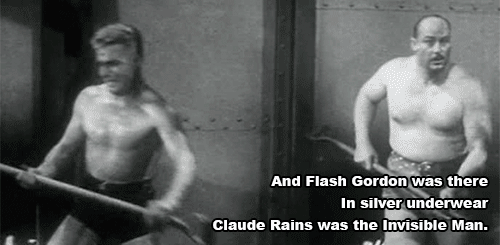
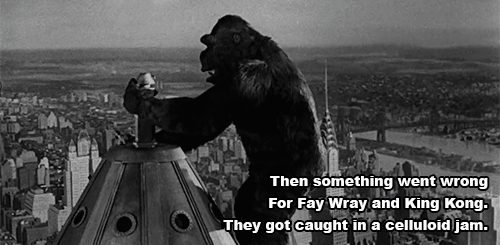
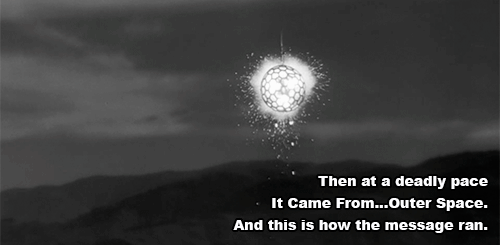
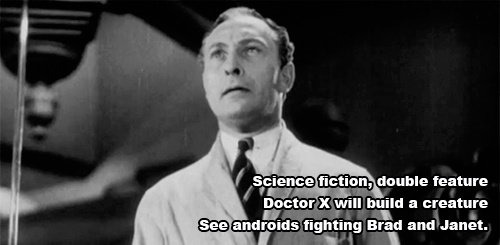
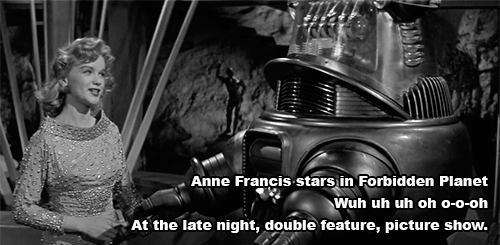

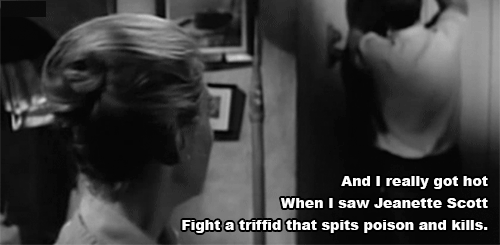
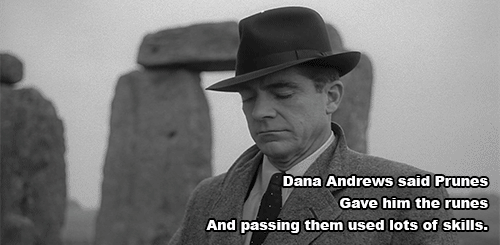

Science fiction, double feature.
The Rocky Horror Picture Show (1975)
Eat the right mushrooms and you will understand the connection.

Look for “Mutant 59 The Plasric Eaters”, I read it in the 70’s.
hi! i couldn't find much on the internet so i hope it's ok if i ask you. I've heard that there are now microbes that have learned to eat plastics and could prove to be very beneficial to fighting plastic pollution, but I was wondering if may be it could backfire on us? If maybe at some point they become so efficient at it that they threaten even the plastic we actually need. I don't know, may be I'm just being paranoid, but could that be a possibility somewhere in the future?
I mean that is a possibility, but I’m not a biologist. I’m not sure how likely it is.
Maybe my followers know better.
Jody Scott, the author, created my catch phrase, “Passing for Human”. Good book.
The fact that I Don’t Seem Autistic™ is mostly a sign that I’m spending way too much time and resources pretending I’m allistic so you don’t get uncomfortable. I’m not “high-functioning” or “well-adjusted”, I’m behaving. I had to go through years of abuse so you don’t get embarassed when I flap my hands in public.
Don’t use “You don’t look autistic to me.” as a compliment.
Imagine Dragons, “Radioactive”.
Growth is admitting I too possess toxic qualities & carry unhealed traumas I need to work on
I am Groot

| Artwork by ebeneart |
-
 psydelisi reblogged this · 1 year ago
psydelisi reblogged this · 1 year ago -
 xonxoi-art liked this · 3 years ago
xonxoi-art liked this · 3 years ago -
 bowserhightower liked this · 3 years ago
bowserhightower liked this · 3 years ago -
 maquilon10 liked this · 3 years ago
maquilon10 liked this · 3 years ago -
 visszahatonevmas liked this · 4 years ago
visszahatonevmas liked this · 4 years ago -
 truth-of-words liked this · 5 years ago
truth-of-words liked this · 5 years ago -
 ammon-rah liked this · 5 years ago
ammon-rah liked this · 5 years ago -
 tothedangerzone liked this · 6 years ago
tothedangerzone liked this · 6 years ago -
 charanadine liked this · 6 years ago
charanadine liked this · 6 years ago -
 consciousminds-lovinghearts-blog liked this · 6 years ago
consciousminds-lovinghearts-blog liked this · 6 years ago -
 consciousminds-lovinghearts-blog reblogged this · 6 years ago
consciousminds-lovinghearts-blog reblogged this · 6 years ago -
 poetry-by-m-a-n reblogged this · 6 years ago
poetry-by-m-a-n reblogged this · 6 years ago -
 andr83wa liked this · 6 years ago
andr83wa liked this · 6 years ago -
 99tertiumquid99 reblogged this · 6 years ago
99tertiumquid99 reblogged this · 6 years ago -
 gabrielromero81 liked this · 6 years ago
gabrielromero81 liked this · 6 years ago -
 samuli666 liked this · 6 years ago
samuli666 liked this · 6 years ago -
 temanquer reblogged this · 6 years ago
temanquer reblogged this · 6 years ago -
 zacharycrank-blog liked this · 6 years ago
zacharycrank-blog liked this · 6 years ago -
 cheerfulchieftain reblogged this · 6 years ago
cheerfulchieftain reblogged this · 6 years ago -
 cheerfulchieftain liked this · 6 years ago
cheerfulchieftain liked this · 6 years ago -
 lady--l liked this · 6 years ago
lady--l liked this · 6 years ago -
 valiantsludgewobbleralien liked this · 6 years ago
valiantsludgewobbleralien liked this · 6 years ago -
 blog-dzepxich reblogged this · 6 years ago
blog-dzepxich reblogged this · 6 years ago -
 blog-dzepxich liked this · 6 years ago
blog-dzepxich liked this · 6 years ago -
 aliakbar925 liked this · 6 years ago
aliakbar925 liked this · 6 years ago -
 louisdyer reblogged this · 6 years ago
louisdyer reblogged this · 6 years ago